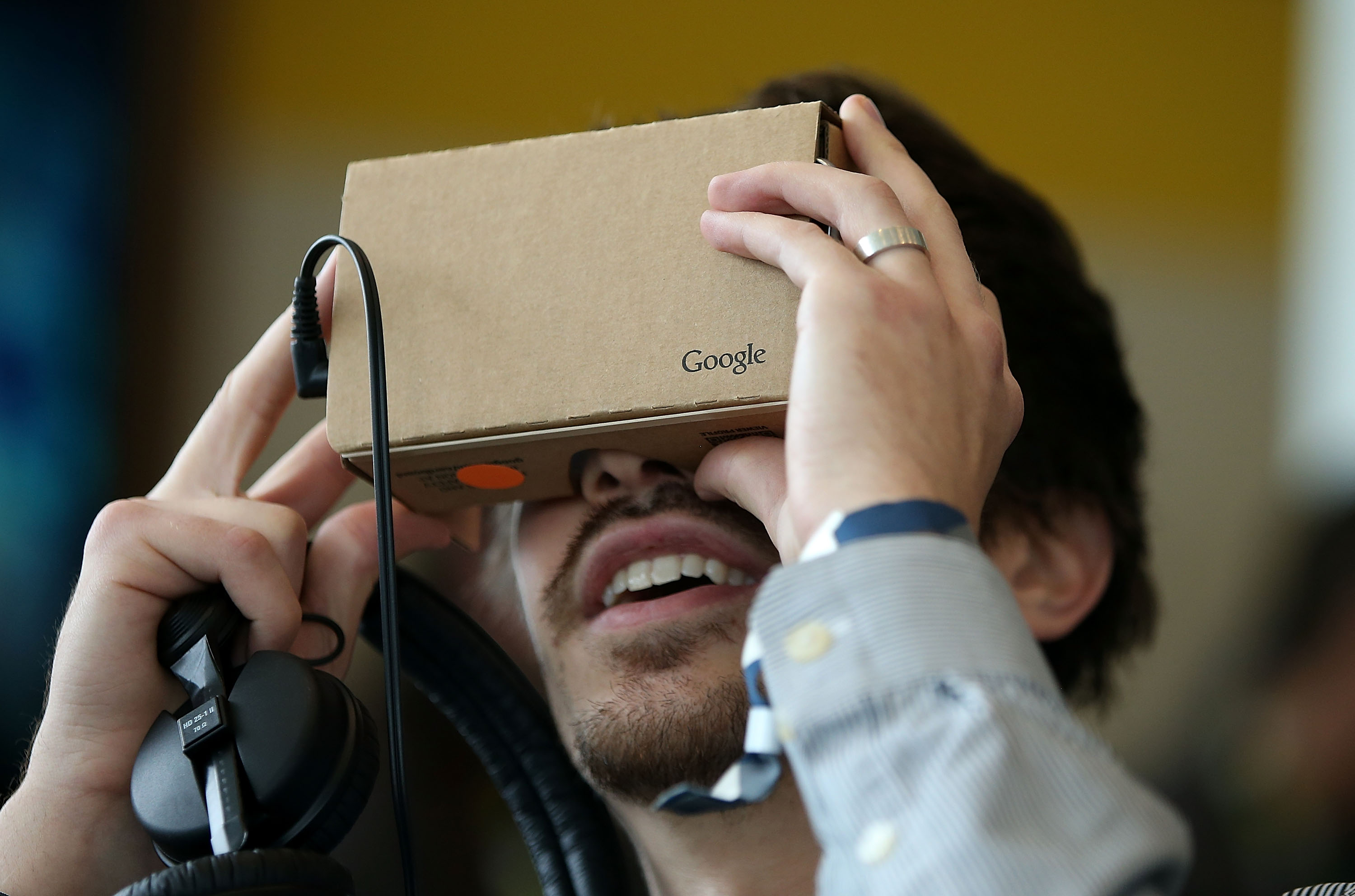
In a world where traveling is limited and learning is done in the home, education through virtual reality is a valuable resource.
One resource is AR, which projects text and educational information on top of a student’s actual surrounding. While similarly, RV creates an entire digital experience that feels as if they are living the experience in real life. Students can learn geometry through VR in a way in which they can see the 3D image and move it around to really understand its geometric properties. This would have been huge for me to be able to use in 2015 when I took geometry in high school. Back then, you would learn geometric properties through a flat text book.
Both AR and VR can spike students imagination and creativity. Studies showed that students who used virtual reality in biology classes were said to receive high scores than those who did not.
While using virtual reality can be expensive, it does not have to be. Google Cardboard viewers are considered low price.

There are many apps that can be used to take virtual trips. 360 cities, which is a free app that can take you to many different cities. You can also travel back in time with apps like time looper that can take students to historical times.